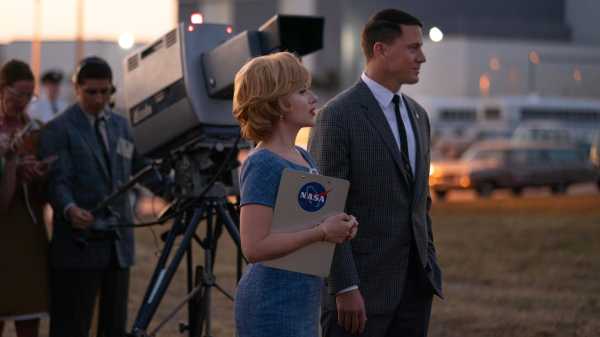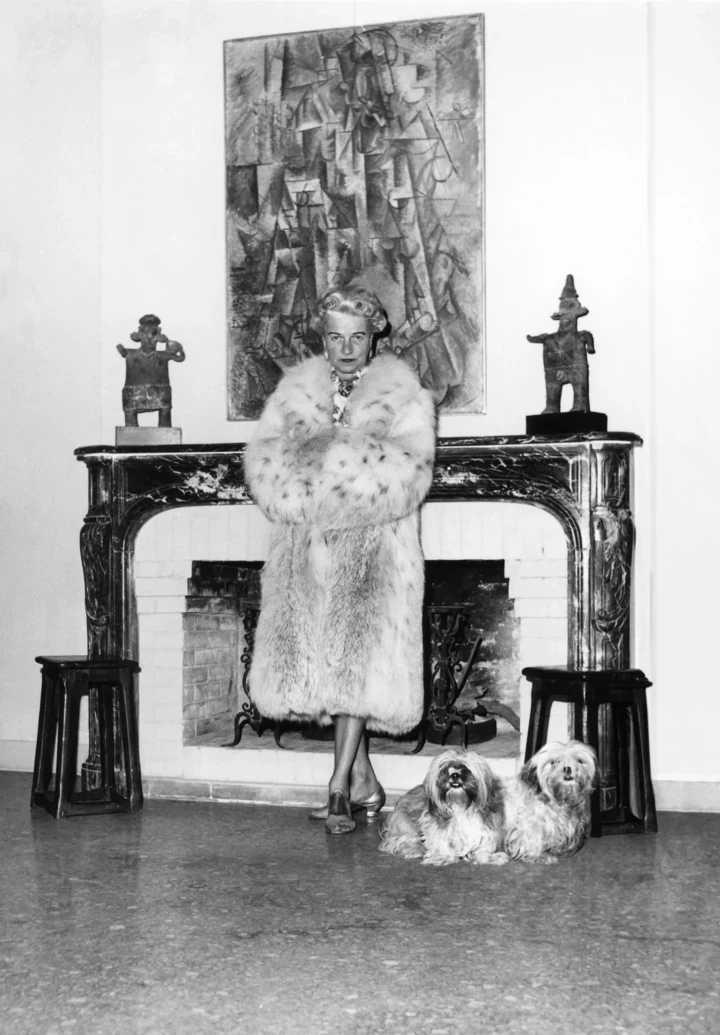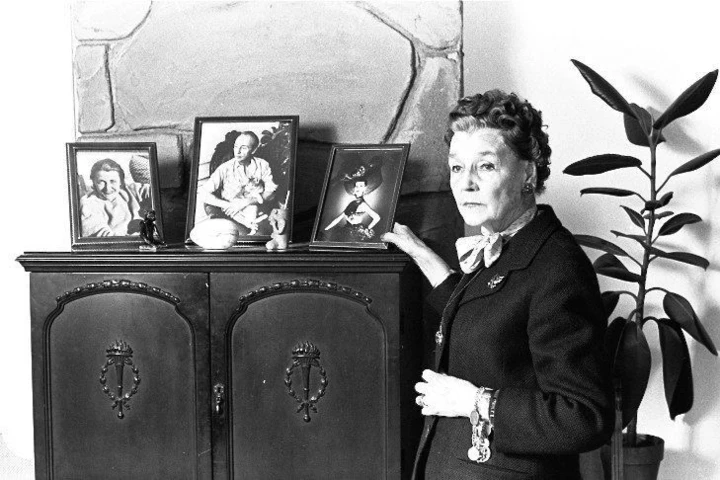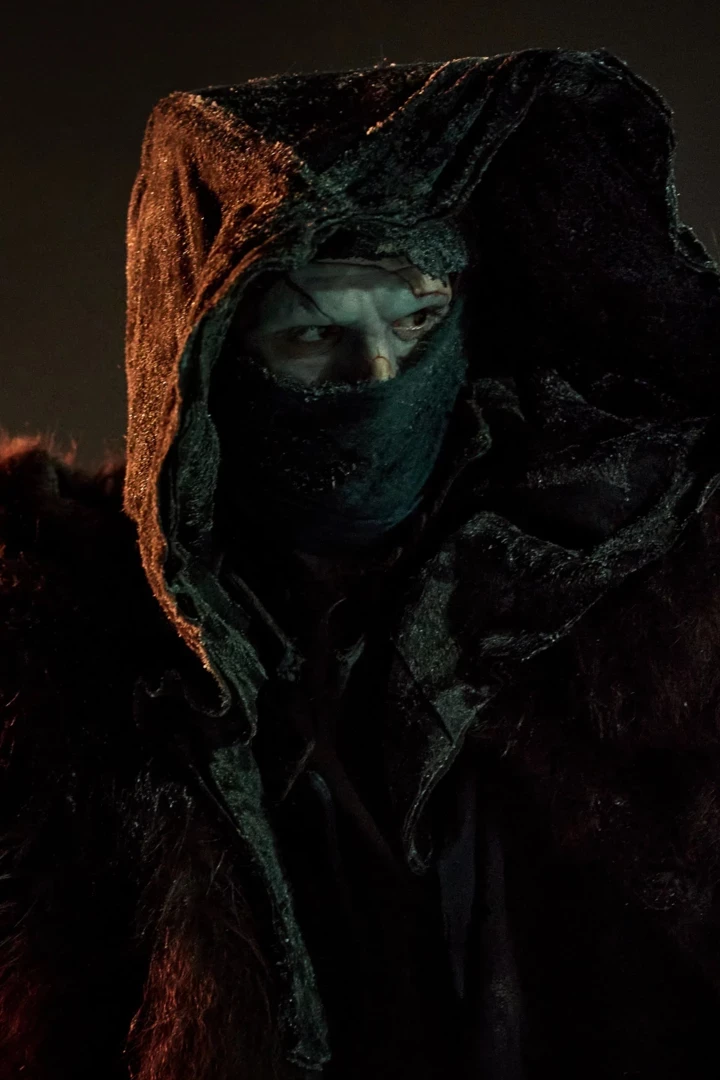
Save this storySave this storySave this storySave this story
The decade of celestial adventure culminating in the 1969 moon walk has always presented both cinematic promise and danger. If space is the final frontier, space dramas are something like Westerns—not merely period pieces but intrinsic contemplations of American identity and power. Greg Berlanti’s new film “Fly Me to the Moon”—with a story by Keenan Flynn and Bill Kirstein and a script by Rose Gilroy—points in the right directions, and more than two hours later it’s still pointing. Humankind goes to the moon and back; earthbound heroes find love and redemption. But the movie at large doesn’t come any closer to the big themes that it suggests or to the characters themselves. Far from emphasizing the director’s ideas or intentions, the film floats amiably and vigorously but superficially along, offering vague views of the times and the skies from within a hermetically sealed bubble of comedic contrivance.
At the outset, in late 1968, Kelly Jones (Scarlett Johansson), a wily and hard-driving creative director at a New York ad agency, is about to lose her job—after committing an ill-judged deception—when she’s offered a position that she can’t refuse. A high-level government operative, the hard-nosed and flashy-talking Moe Berkus (Woody Harrelson), orders her, with threats of blackmail, to head down to the Kennedy Space Center in Florida to do some marketing for NASA, which is at risk of losing funding. Moe wants Kelly to “sell the moon,” and her way of doing it puts her quickly into conflict with the project manager, Cole Davis (Channing Tatum), a deeply devoted, irrepressibly honest, hands-on leader who encounters her on the job falsifying scientists’ life stories and recruiting actors to impersonate his employees—and even him—in order to punch up the emotion. She comes up with the idea of branding the space mission with retail products (Tang, Omega watches, even Fruit of the Loom underwear), and her achievements—getting NASA and its astronauts onto TV shows, the covers of magazines, and the front pages of newspapers—soften his resistance. So do her successes in soft-soaping some recalcitrant senators into supporting the mission’s funding.
Even before Kelly sets foot in the space complex, however, she and Cole have scoped each other heavily and met cute, as strangers in a sandwich shop. So it’s no surprise that as they work together their differences melt away—until a new and greater obstacle suddenly drops between them. With the mission’s funding secured, Moe gives Kelly a new order: to bring in a good but unknown director to fake the first walk on the moon, ostensibly as a backup in case the actual mission fails, and to keep it a secret from everyone, including Cole. Her resulting crisis of conscience, and the bold steps that she takes to resolve it, propel the movie in surprising ways to an unsurprising dénouement that nonetheless features some exaggerations, some absurdities, and a gross implausibility. (I won’t spoil it, but the same plotline is more plausibly rendered in another faking-the-moon-landings movie, the 2016 faux-found-footage drama “Operation Avalanche.”)
The emotional underpinnings of the movie rest on the rigid and sketchily drawn backstories with which Kelly and Cole are endowed. There are unresolved traumas to confront, guilt complexes to overcome, but they’re not so much lived through as simplistically dispensed. Because Cole’s troubles are centered on his job, they’re more visible; Kelly’s issues serve double duty as a facile all-encompassing explainer of her career and a linchpin of the plot. Neither character has a home life, as far as the movie is concerned. (Cole says that he lives with someone named Jenny, who turns out to be a small plane.) The pair’s exaggerated traits—Cole’s, a deadly and sentimental earnestness; Kelly’s, a furtive dissembling—make them seem like characters from vastly different movies. Kelly has something in common with the title character of Alfred Hitchcock’s harrowing melodrama “Marnie.” Cole, meanwhile, reminds me of the pretend astronaut Zip Martin from Peyton Reed’s effervescent comedy “Down with Love”—a paragon of virtue too good to be true. The result is a film of fluctuating and divergent tones that are worse than incongruous; they’re incoherent.
Berlanti can’t quite decide whether he has a drama or a comedy, a tale of astounding possibilities or one of giddy high jinks, and so he offers a little of everything however he can fit it in. The movie never quite finds the severity—whether governmental or scientific or martial or, for that matter, romantic—that it hints at, nor the lively yet precisely pointed caricatures that its historically informed antics suggest. The slapdash tone undermines more than the look of the movie—it neutralizes the performances. What’s moving and authentic in Cole’s background gets submerged in an ironclad demeanor that plays like self-parody; what’s dark and risky in Kelly’s gets lost in the froth of an imposed perkiness. Not one character is more than the sum of their mannerisms, and some are much less—including the director whom Kelly hires, a flamboyantly gay man named Lance (Jim Rash). Whether or not the caricature is offensive (Berlanti, at least, is openly gay), it vitiates the drama of Lance’s own situation.
One reason why “Fly Me to the Moon” has trouble with liftoff is that it won’t take on the volatile fuel of the era—the radical culture and the political conflicts of the late sixties. Berlanti can’t face left. He gestures toward these forces, timidly and unsubstantially, largely by way of Kelly’s assistant, Ruby (Anna Garcia), who declares that she’s a feminist, that she’d like to boycott Dow for producing napalm, that no good can come from working for Richard Nixon. But the Vietnam War is mainly significant for, as one character suggests, occasionally kicking NASA off the front pages. Racial conflict doesn’t exist in the film. And, of course, the soundtrack is adorned with period classic R. & B. needle drops, with no sense whatsoever that music, too, was still a battleground. Damien Chazelle’s Neil Armstrong bio-pic “First Man” (2018) at least suggests these ongoing cultural differences and acknowledges (but impersonally derides) opposition from the left, and from Black activists, to funding NASA. Neither film even approaches the powerful confrontation with the era’s politics and culture that Richard Linklater offers in his historically expansive and poignantly intimate vision of the space race and the moon launch, “Apollo 10 ½: A Space Age Childhood” (2022).
Martin Scorsese has famously said that cinema is a matter of “what’s in the frame and what’s out.” In “Fly Me to the Moon,” there’s no outside, no offscreen dimension, nothing beyond the tight confines of the scripted material, no broader implications feeding into the movie or emerging from it. As a result, from beginning to end, the movie feels like a working sketch, a dry run, a filmed outline that never comes to life with a sense of urgency or completeness. The pieces are clever enough that the film is rarely boring—it keeps a viewer hoping that the spark of life will strike sometime before the lights go up. But it’s not to be: it remains a movie in search of an animating spirit. ♦
Sourse: newyorker.com







